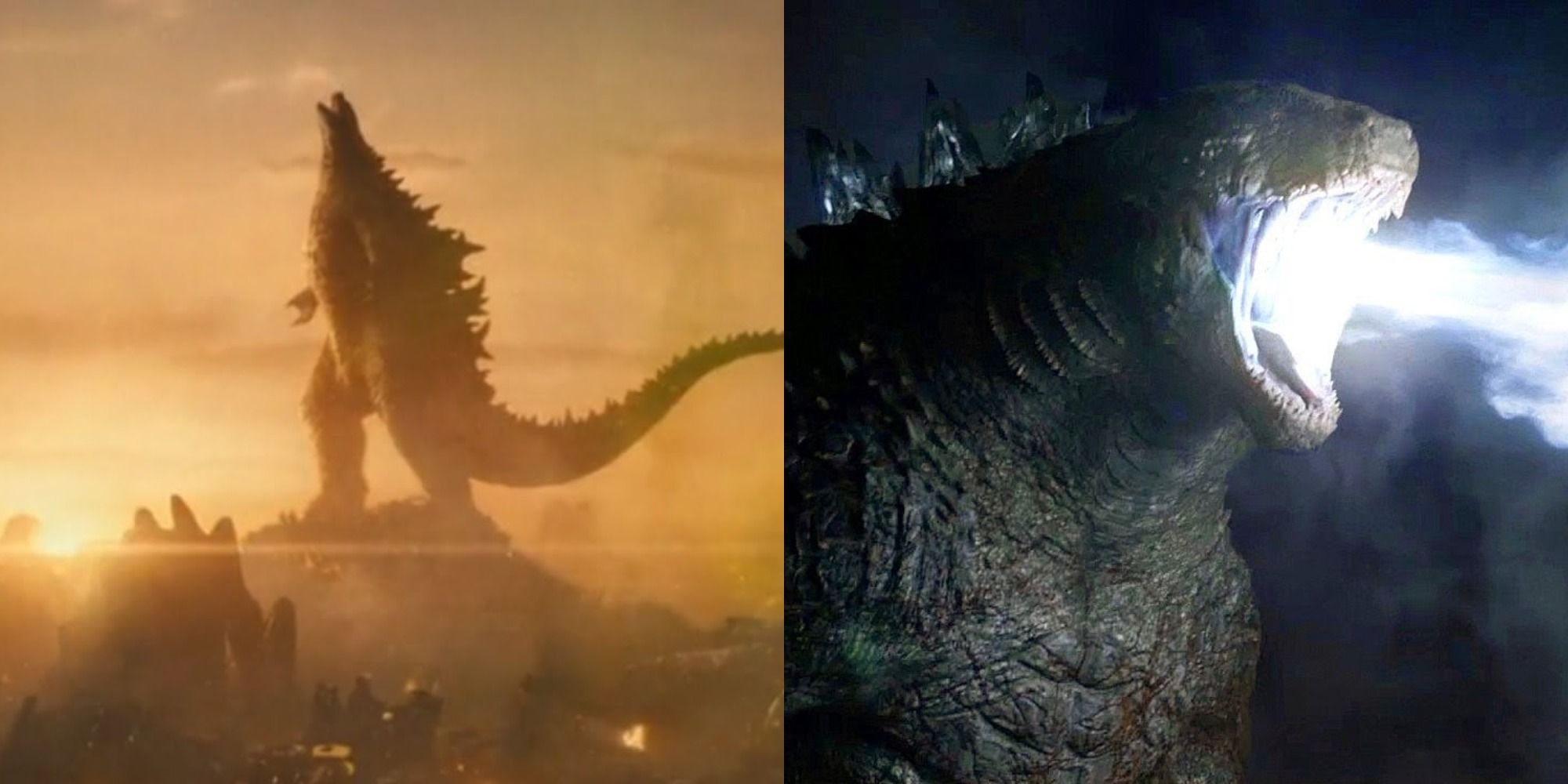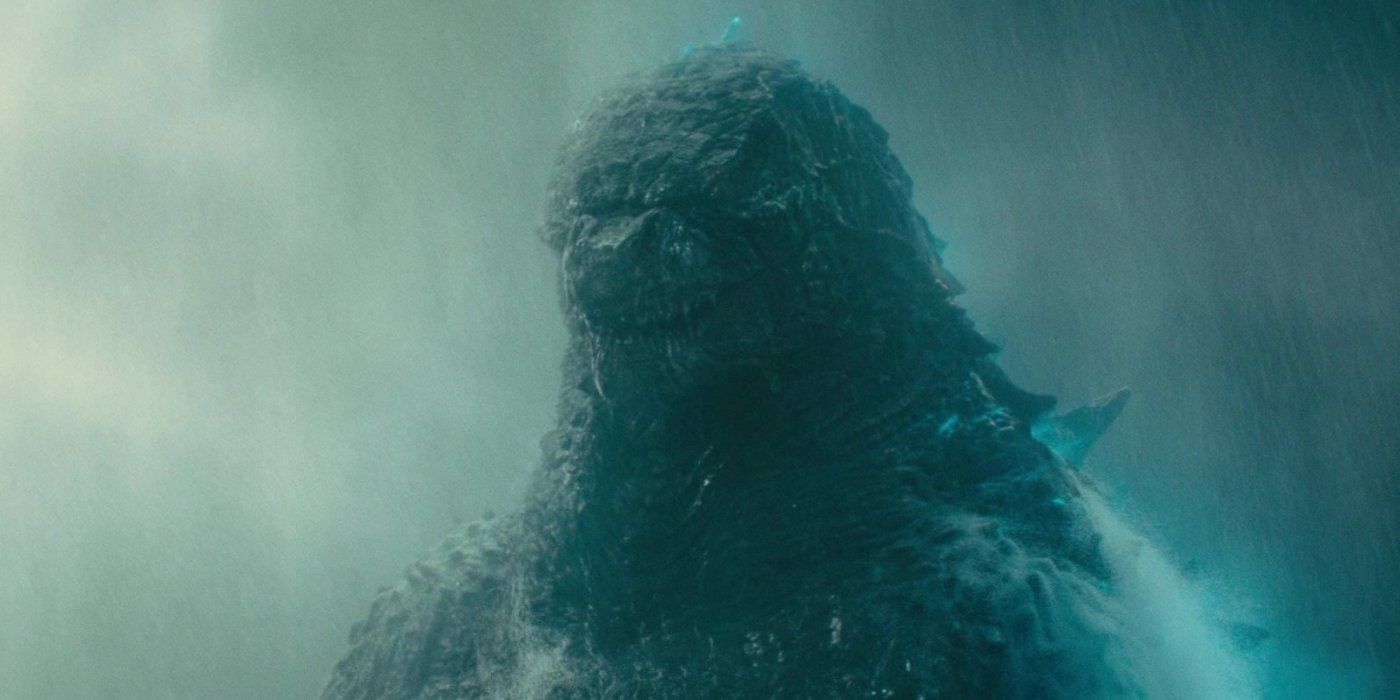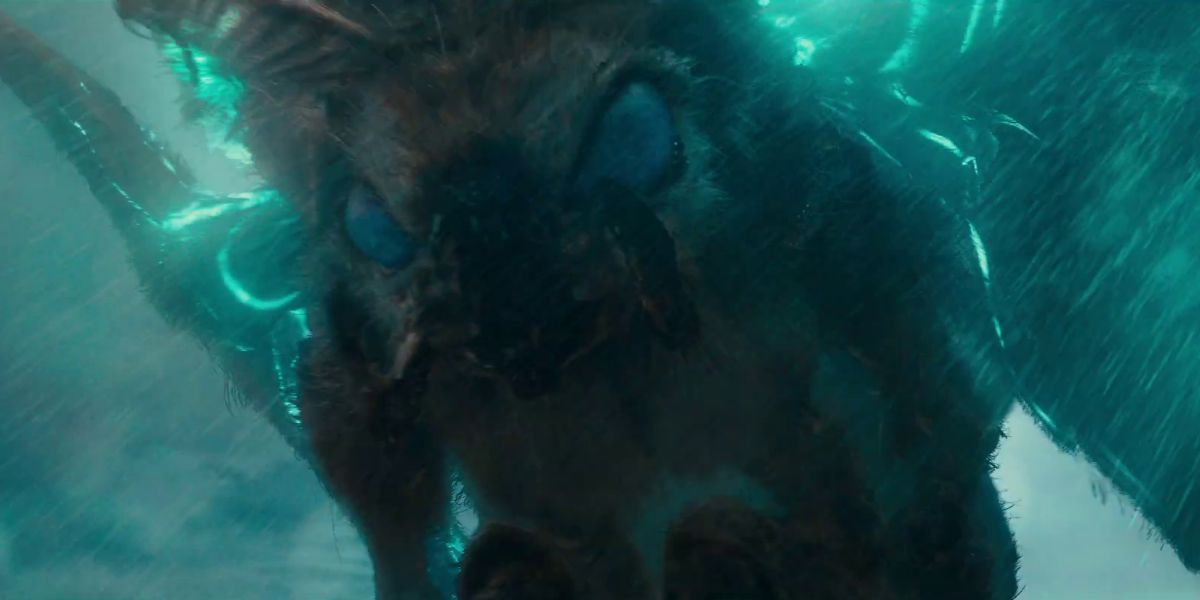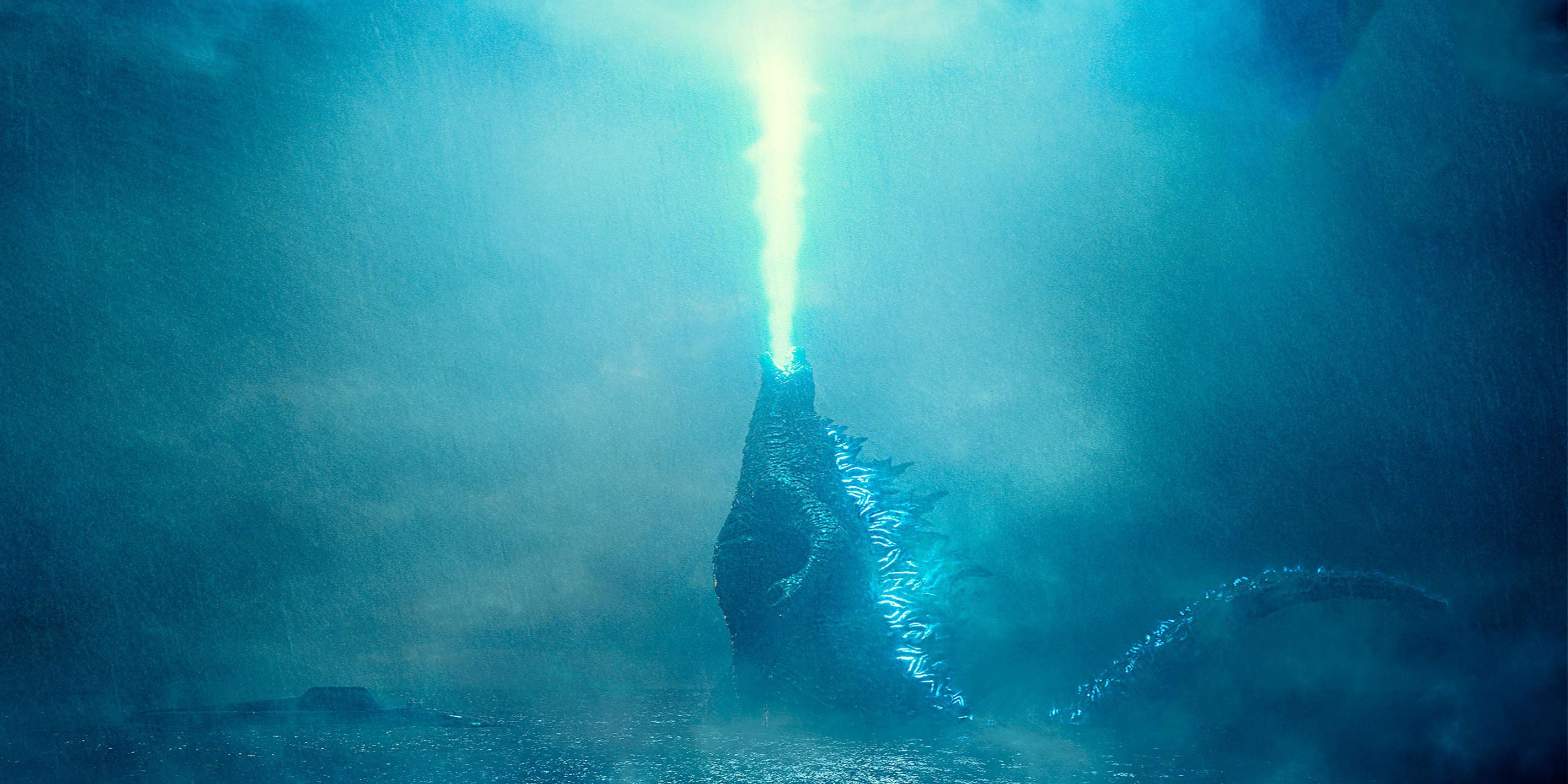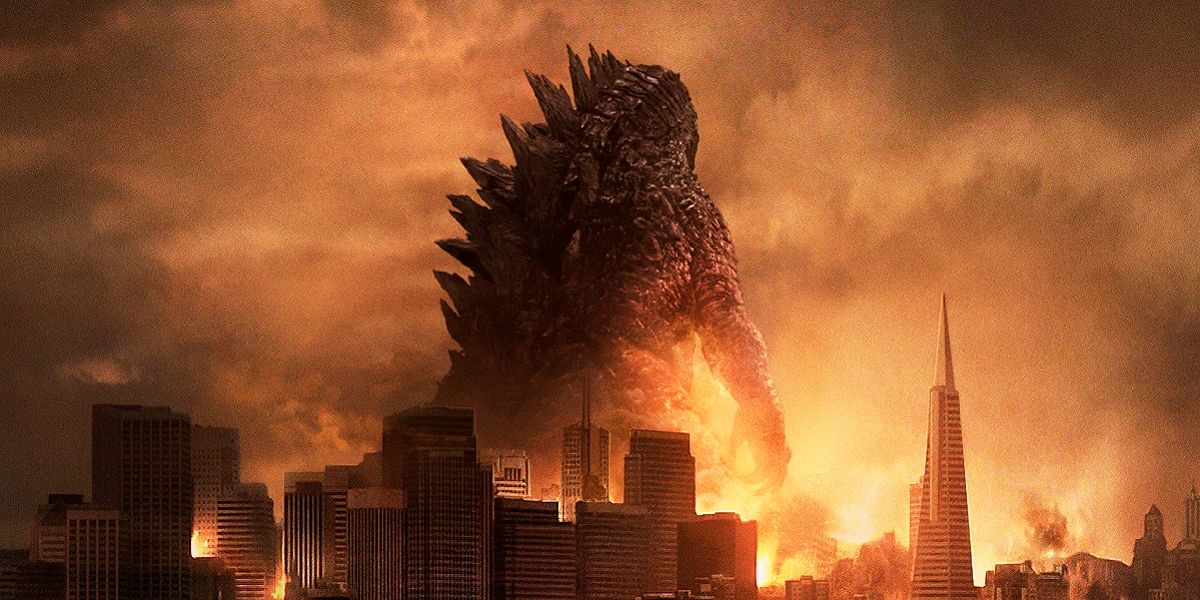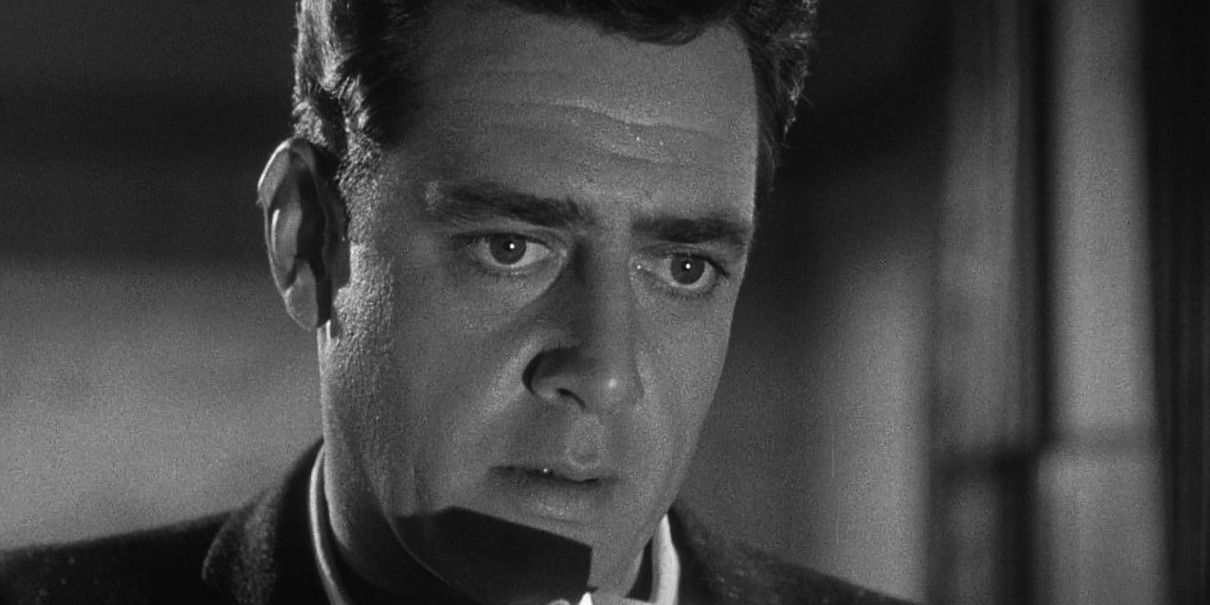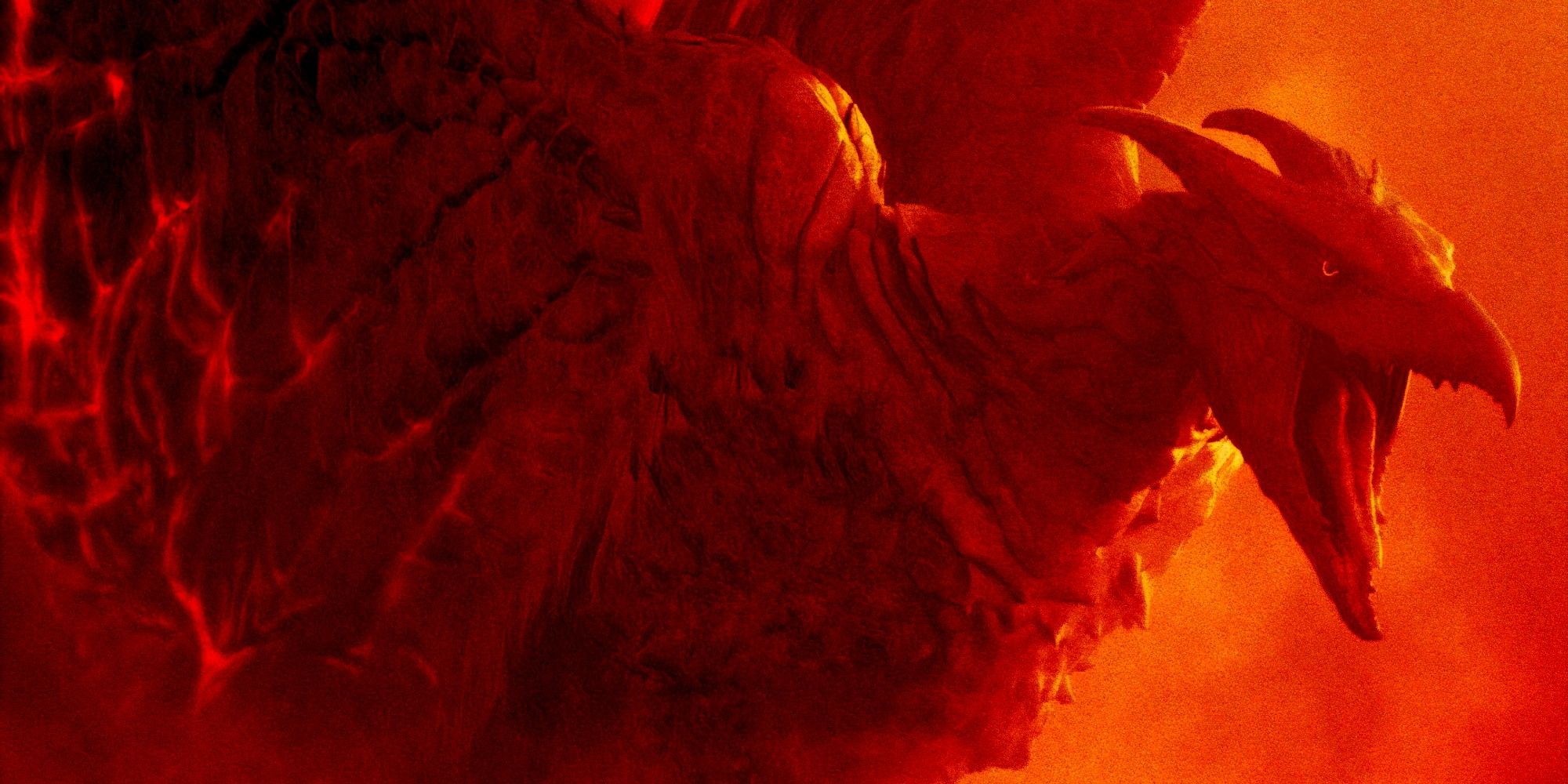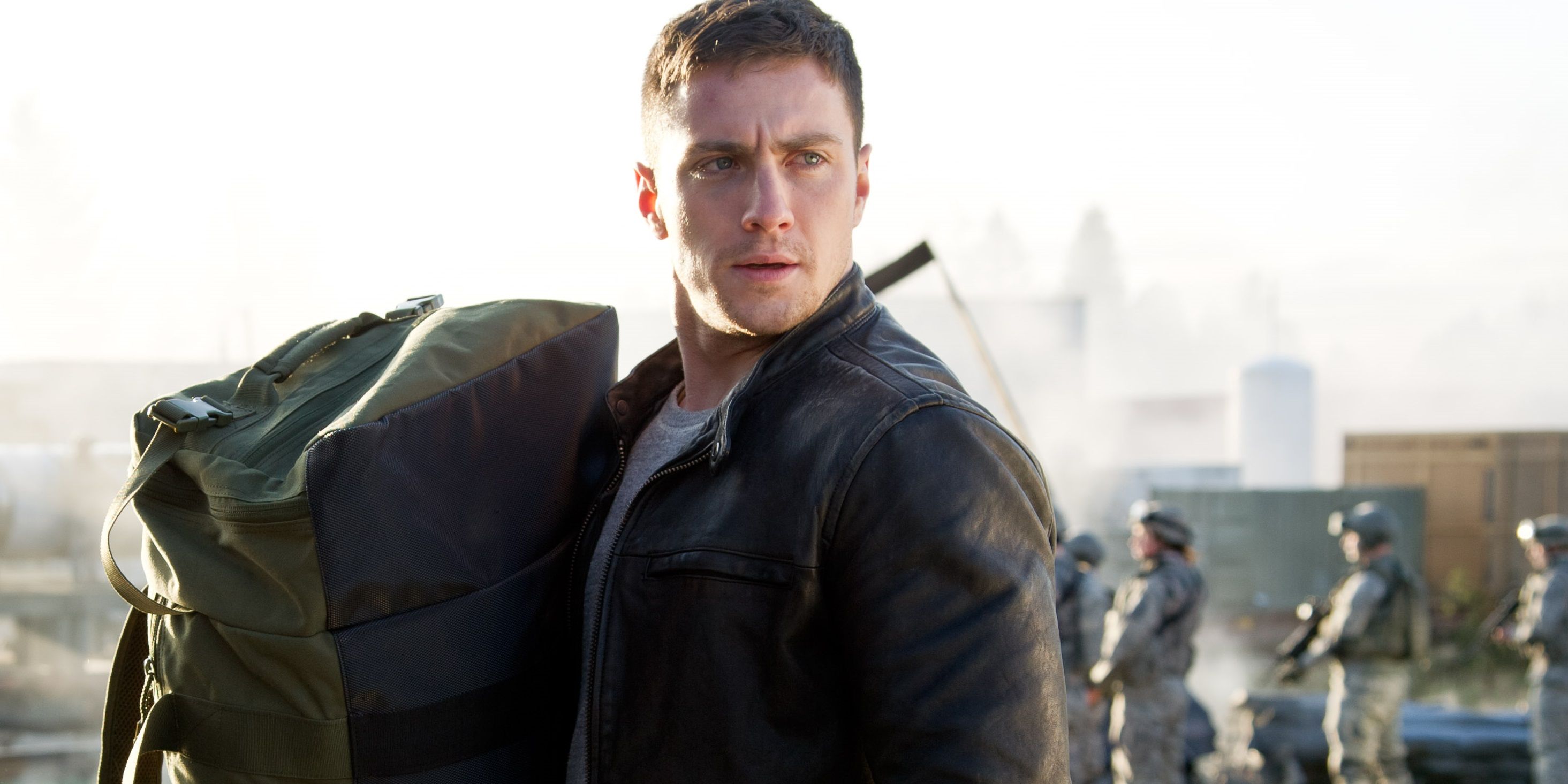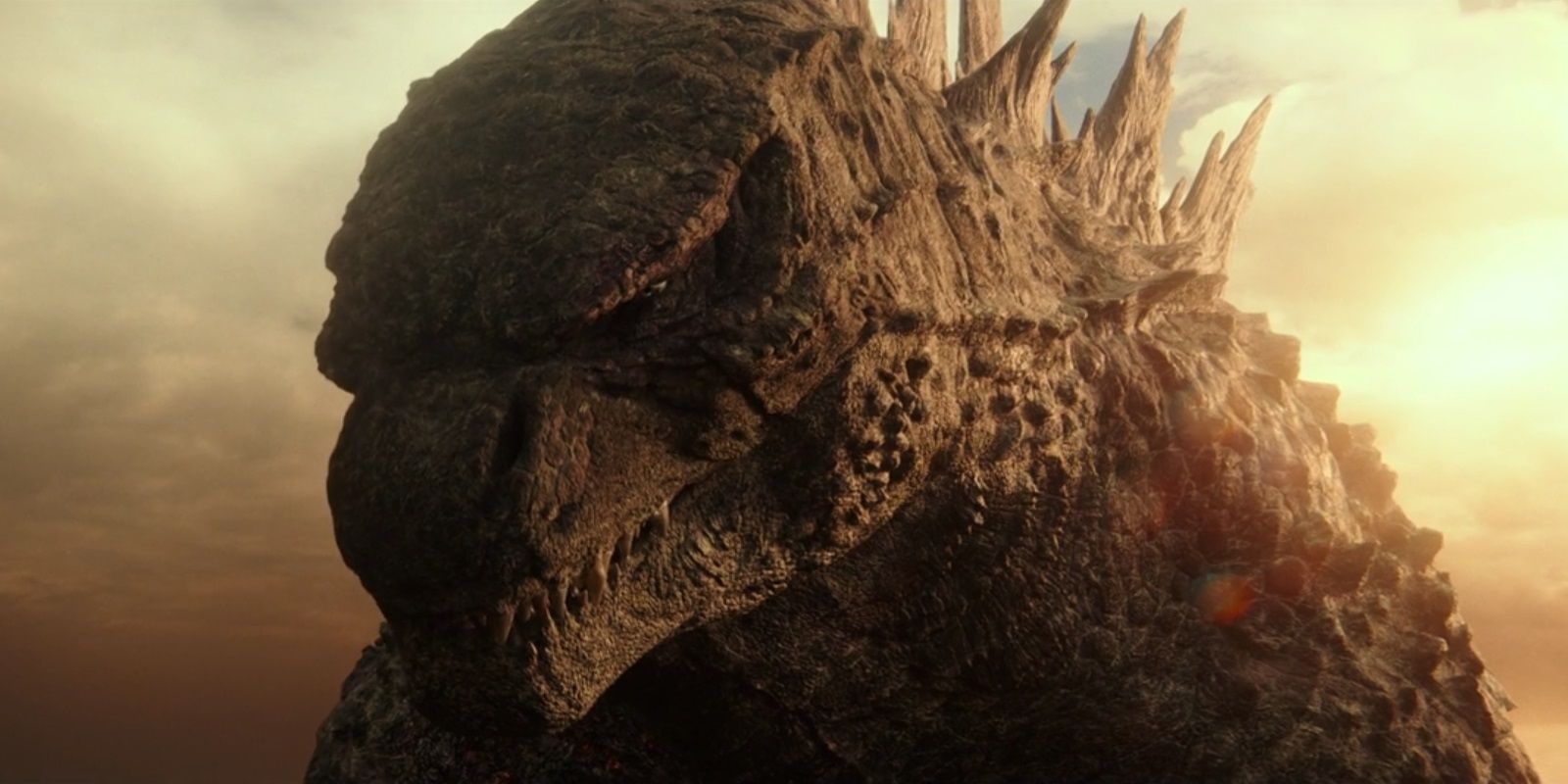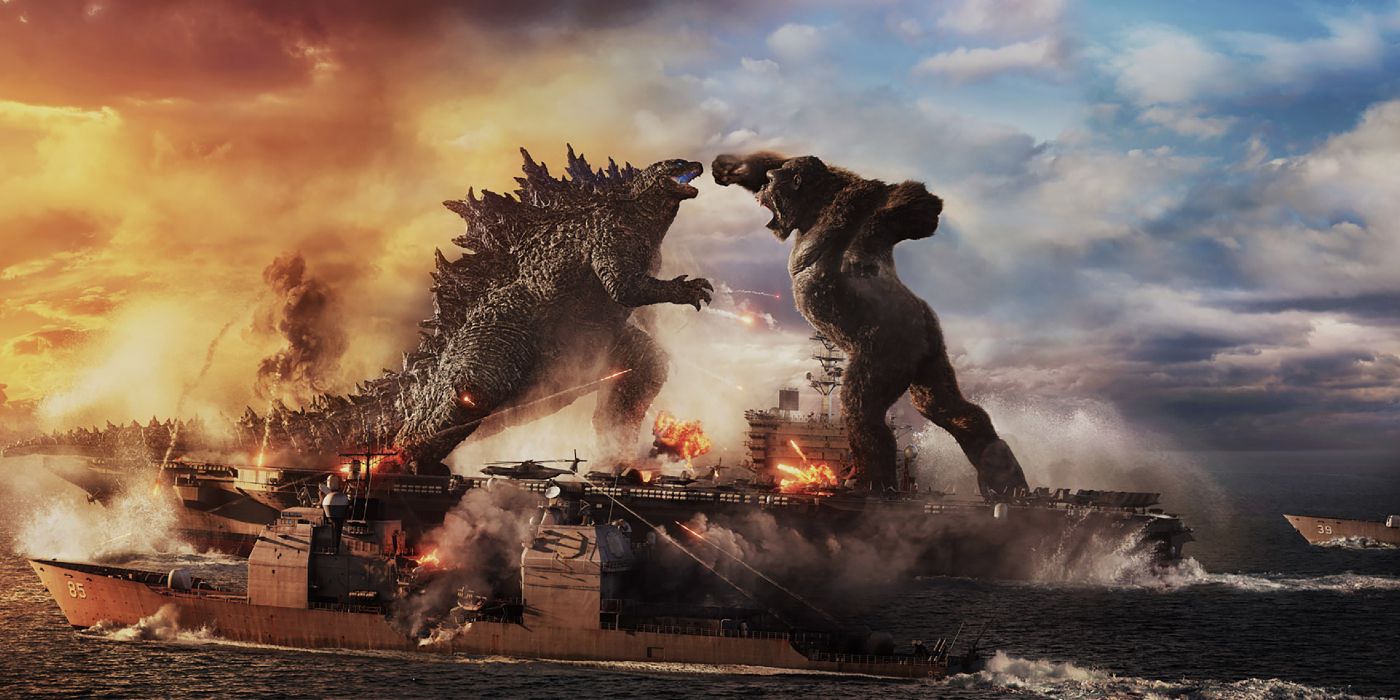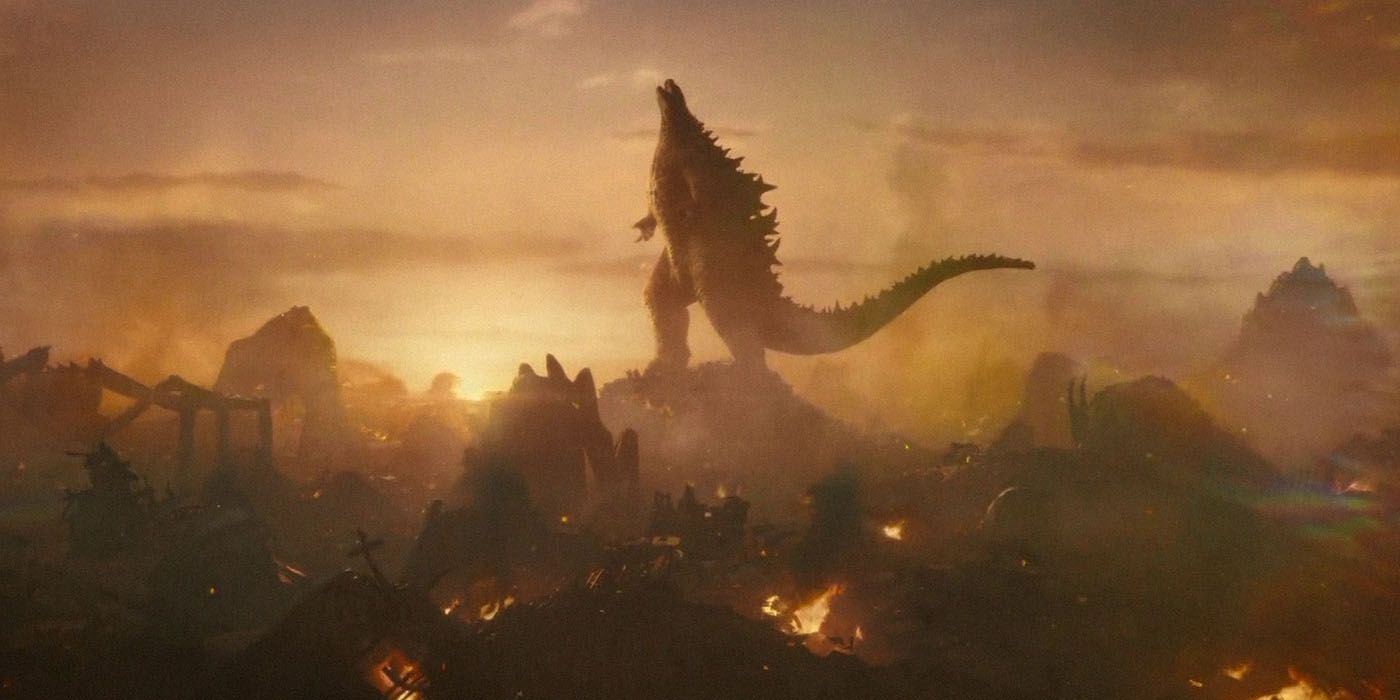AppleTV+ recently announced they'll launch an as-yet-untitled live-action show that will include Legendary picture's MonsterVerse version of Godzilla. The show, being developed by showrunner Chris Black, does not yet have an announced release date. But this still a good time to consider what has, and hasn't, worked in Godzilla's 36 feature films spanning more than 50 years of storytelling.
Throughout the franchise's multiple continuities, directors, film studios, and themes, Godzilla's creators have hit the same beats and hooks in nearly every movie. Any series that constantly relies on the same tropes runs the risk of diminishing those tropes’ impact in later films, and some elements of the franchise have gotten so overused as to become cliché.
Magic Radiation
Radiation in Godzilla movies has more to do with the plot's needs than any real-world scientific function. It originally created Godzilla himself, but in Godzilla vs. Destroyah too much radiation threatens to cause his heart to melt down, while in Godzilla, King of the Monsters it's a crucial power-up that grants him victory.
Given the movies were originally an allegory for the destructive power of atomic weapons, making radiation core to Godzilla's origins makes sense for those films. But too often in later films radiation is simply used as a convenient plot device, and in the recent Hollywood films, atomic weapons are sometimes used to solve the world's problems, a far cry from the whole reason Godzilla and radiation were originally thematically linked.
Monstrous Leitmotifs
There's nothing wrong with characters having musical themes. Godzilla, Mothra, Ghidorah, and Rodan all have their own themes, which normally show up any time they do. Given many of these themes are decades old they do get updates from time to time by new composers, but changing them too much would invalidate the entire point of having specific musical cues be recognizable.
The issue that arises is twofold. First, the original themes are very much products of their times, and don't always mesh well with later soundtracks. Secondly, they've become so well known the first few notes warn of a major monster's appearance, superseding the normal cinematic cues that something big is about to happen and distracting from the pacing of the story.
Atomic Breath
Godzilla's atomic breath has become such a cliché later movies often try to avoid or modify it. Godzilla (1998) doesn't actually feature atomic breath, but has Godzilla exhales on vehicles that explode into a fiery cloud. Shin Godzilla presents atomic breath as part of an evolution that results in tail lasers, and Godzilla (2014) keeps the powerful attack unused until the third act, just so it can be a big reveal.
The core issue is that Godzilla's atomic breath makes no sense. There's nothing about being a mutated dinosaur or ancient primal titan that calls for the ability to breathe atomic energy. Because it's not anchored to either real-world or thematic elements of the character, but has become a core part of Godzilla's identity, it's easily overused.
"Plan A" Won't Work
Whenever humans come up with plans in a Godzilla movie, the first one won't work. Whether that's keeping him (and all kaiju) in Monsterland in Destroy All Monsters, or the plan to lure Godzilla and some MUTOs into the open and nuke them with a bomb with a purely-mechanical countdown clock in Godzilla (2014), plans pitched before the third act never work.
When the audience knows the first plan is doomed to failure, there's no tension around efforts to carry it out. While part of the fun of a Godzilla movie is watching the explosions as the military tries to deal with a modern-age dragon, the spectacle becomes nothing more than a fireworks display when all sense of risk for Godzilla is removed.
Bad English Adaptation
An entire character was added for the Hollywood release of the original Godzilla (Raymond Burr's "Mr. Martin"), changing the entire tone of the film from the horrors of atomic power to a hopeful note of triumph against a global threat. Similarly, though not as extreme, the dubbing for Godzilla Against Mechagodzilla claims Mothra was killed, which makes her appearance in the sequel Godzilla: Tokyo SOS nonsensical.
Obviously, this only applies to Godzilla moves adapted into English, but it's so common among the Japanese-language movies it's become cliché. The dubbing is often comically bad, and often includes efforts as faux-Asian accents that are played for laughs, and Hollywood efforts to "improve" the original Japanese films weakens their themes and continuity more often than not.
Monsters Come With Names Attached
Characters within Godzilla movies recognize monsters by name when, even if no one on Earth is supposed to have ever seen the monsters before. A few movies try to hand-wave creature names as coming from old legends or being secret code-names, but mostly people just look up, point, and scream the thing's name as if it was universal, common knowledge.
In the real world, newly discovered species naming rights generally go to the discoverer and get officially published... after a holotype is established, and a genus decided on, and the entire process can take years. But Godzilla movies never give more than a quick hand-waving explanation, highlighting that the monsters being recognized by fans is more important than any internal consistency to the movie's logic.
Two-Dimensional Humans
Godzilla movies rarely bother to have humans interesting enough to be worth revisiting. The same broad archetypes are generally filled--plucky reporter, fringe scientist, plot-convenient psychic, government bureaucrat--characters in those roles rarely continue over multiple sequels or get recast when continuity is rebooted. Giant monster movies need humans to be doing something while the monsters aren't on-screen, but characters in Godzilla movies are rarely worth revisiting.
It appears that makers of Godzilla movies are so convinced only the monster-action matters that they make very little effort to develop the humans that take up so much of each film's running time. Human characters are generally given at most one character trait, and if they have a motivation it's purely something that eats up time until the next city gets wrecked.
Where'd The Giant Lizard Go?!
Despite an official height in live-action movies that’s ranged from 164 feet to 394 feet, people in Godzilla movies have trouble keeping track of him (even when he’s on land). Rather than calmly noting that spotter planes and ships with sonar know where he is at all times, surprised cries of "Godzilla spotted!" permeate nearly every one of his movies.
Godzilla is treated more like an attacking army or earthquake than a roaming monster. While that ties in nicely to some of the allegories the franchise wants to present, after a few movies in a row when something big as a building sneaks away when the whole world wants to know where it is, it becomes an overused trope.
Let Them Fight
In a Godzilla movie with multiple monsters they're always going to fight in two well-balanced factions If the opposing sides are lop-sided early on, a robot will inexplicably turn out to be able to grow to kaiju-size (Godzilla vs Megalon), an ancient guardian monster will be awoken with a song (Godzilla vs Mechagodzilla), or aliens throw a ringer into the mix (Destroy All Monsters).
Since the audience knows every attempt to keep monsters apart, or to take control of all of them, is always going to fail because the big third act clash between Godzilla and other kaiju is inevitable, the stakes on all such doomed efforts are significantly lowered. The presumed desire of audiences seeing multiple monsters to "Let Them Fight" even became a line in the Monsterverse movies.
They'll Be Back
No matter how permanently destroyed a monster appears to be in a Godzilla movie, the viewer can depend on them coming back in a sequel, reboot, or spinoff. Even within the same continuity, kaiju have returned through offspring, mutation, and being possessed by the spirits of those who died in World War 2. If a monster is popular, audiences can be sure it'll be back several times (which may explain why King Caesar is in so few Godzilla films.)
This leads to eye-rolling whenever a giant monster is declared "dead," or wanders off while characters on-screen wonder "if it'll ever return." It's hard for fans to keep any level of suspense or concern for the stakes when any monster's defeat, death, or mutation is temporary.

